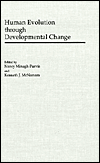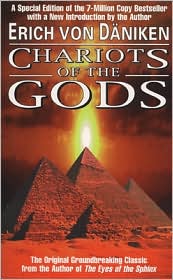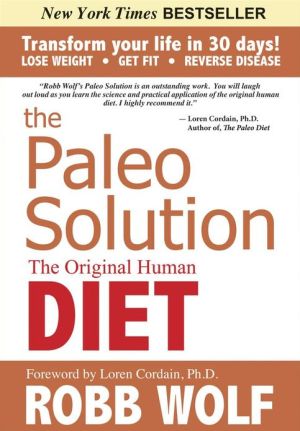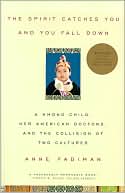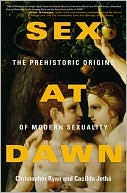Human Evolution through Developmental Change
Since Darwin's time, the natural selection of adult features has been emphasized as the dominant factor directing human evolution. In recent years, however, evolutionary scientists have recognized variations in the growth and development of individuals as an indispensable ingredient of evolutionary change.\ The chapters in Human Evolution through Developmental Change reflect two major strands of research in the study of human heterochrony, the change in the timing and rate of development of...
Search in google:
"A timely contribution to an emerging field in which comparative primate genomics, modern developmental genetics, and embryology provide the foundation on which to build innovative studies of genotype-phenotype relations in human origins." -- Heredity Andrew Kramer This is a first rate contribution from a group of highly respected researchers. It brings readers up to speed on major theories in ontogeny and human evolution and provides insights into how research on these issues is currently being conducted.
ForewordPrefaceList of ContributorsWhat Is Heterochrony?1Pt. IEvolution and Development1Evolutionary Developmental Biology: Where Embryos and Fossils Meet72Shape and Stage in Heterochronic Models283Multivariate Approaches to Development and Evolution514Are Some Heterochronic Transformations Likelier than Others?795Sequential Hypermorphosis: Stretching Ontogeny to the Limit1026Animal Domestication and Heterochronic Speciation: The Role of Thyroid Hormone1227The Role of Heterochrony in Primate Brain Evolution154Pt. IIThe Evolution of Hominid Life-History Patterns8Brain Evolution by Stretching the Global Mitotic Clock of Development1739Natural Selection and the Evolution of Hominid Patterns of Growth and Development18910Sexual Dimorphism and Ontogeny in Primates20711Life-History Evolution in Miocene and Extant Apes22312Dental Development and Life History in Hominid Evolution24913An Assessment of Radiographic and Histological Standards of Dental Development in Chimpanzees28114Evolutionary Relationships between Molar Eruption and Cognitive Development in Anthropoid Primates305Pt. IIIThe Evolution of Hominid Development15Enamel Microstructure in Hominids: New Characteristics for a New Paradigm31916Cranial Growth in Homo erectus34917Peramorphic Processes in the Evolution of the Hominid Pelvis and Femur38118Heterochrony and the Evolution of Neandertal and Modern Human Craniofacial Form40519Adolescent Postcranial Growth in Homo neanderthalensis44220Between the Incisive Bone and Premaxilla: From African Apes to Homo sapiens46421Heterochronic Change in the Neurocranium and the Emergence of Modern Humans479Glossary499Index501
\ ChoiceThese are technical papers, but they are well focused and edited, and the result is truly a book, not just a journal issue between hard covers.\ \ \ \ \ HeredityA timely contribution to an emerging field in which comparative primate genomics, modern developmental genetics, and embryology provide the foundation on which to build innovative studies of genotype-phenotype relations in human origins... A valuable resource for scientists interested in understanding and interpreting the developmental basis for the diversity and adaptation of extant and fossible hominins.\ — C-H Chiu\ \ \ \ Andrew KramerThis is a first rate contribution from a group of highly respected researchers. It brings readers up to speed on major theories in ontogeny and human evolution and provides insights into how research on these issues is currently being conducted.\ \ \ \ \ From The CriticsResearchers from around the world document their application of evolutionary developmental biology to higher primates, particularly to extant and extinct hominids. In 21 papers, some developed from presentations at a 1996 AAAS meeting in Baltimore, they discuss theoretical applications of heterochronic theory to the hominid fossil record, the relationship of developmental change to aspects of hominid life history, and the role of heterochronic change in the evolution of Pliocene to late Pleistocene hominids. The glossary does not indicate pronunciation. Annotation c. Book News, Inc., Portland, OR (booknews.com)\ \
